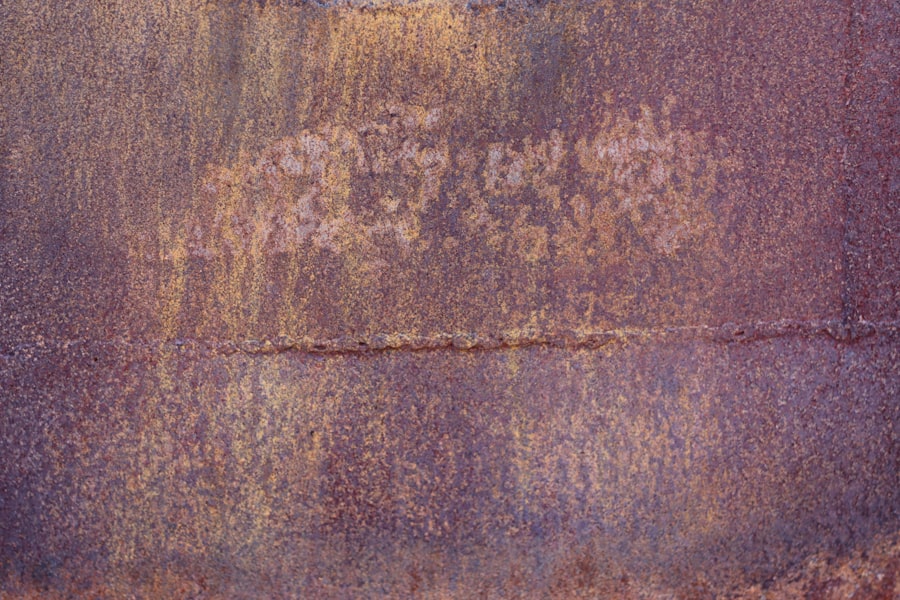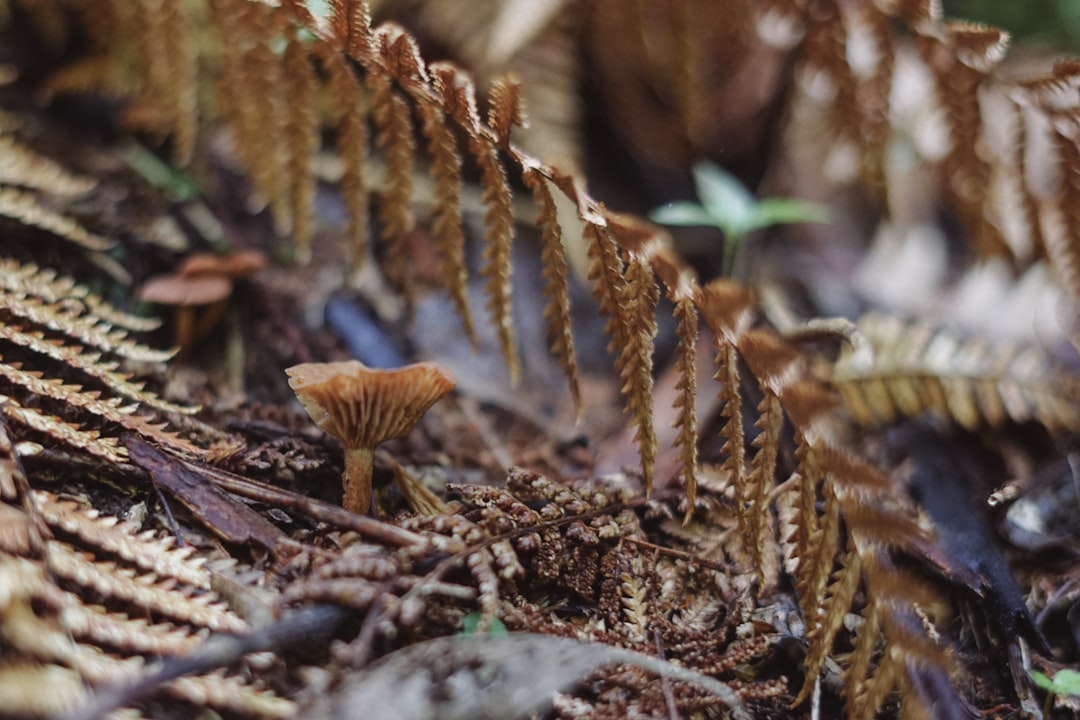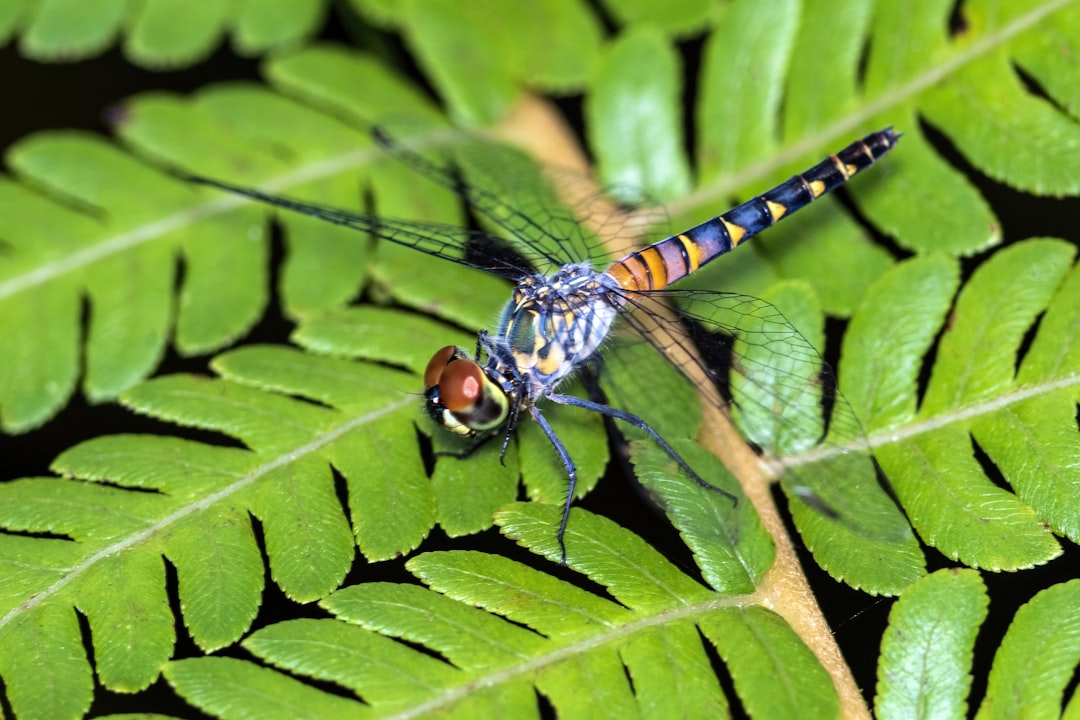Selaginella rupestris, commonly known as the rock spikemoss, is a fascinating member of the Lycopodiaceae family, which is often overlooked in discussions about plant diversity. This perennial plant is characterized by its unique morphology and ecological significance. Unlike flowering plants, Selaginella rupestris reproduces via spores, a trait that links it to some of the most ancient lineages of vascular plants.
The plant’s distinctive appearance, with its small, scale-like leaves arranged in a spiral pattern along its stems, makes it an intriguing subject for botanists and plant enthusiasts alike. The rock spikemoss is not just a botanical curiosity; it plays a vital role in its native ecosystems. Its ability to thrive in rocky, often harsh environments showcases its resilience and adaptability.
Selaginella rupestris is a living testament to the evolutionary history of plants, providing insights into the transition from non-vascular to vascular systems. As we delve deeper into the characteristics and significance of this remarkable species, we uncover the intricate relationships it maintains within its habitat and the broader implications for biodiversity and conservation.
Key Takeaways
- Selaginella rupestris is a unique and ancient plant species belonging to the Selaginellaceae family, commonly known as the rock spikemoss.
- This plant is found in rocky habitats, crevices, and cliffs in tropical and subtropical regions, with a distribution spanning from North America to South America.
- Selaginella rupestris is characterized by its small size, creeping or ascending stems, and distinctive scale-like leaves, which contribute to its ability to thrive in harsh, rocky environments.
- In ecosystems, Selaginella rupestris plays a crucial role in soil stabilization, moisture retention, and providing habitat and food for various small animals and insects.
- Cultivating Selaginella rupestris requires well-draining soil, indirect light, and consistent moisture, making it a popular choice for terrariums and indoor gardens.
Habitat and Distribution of Selaginella rupestris
Selaginella rupestris is predominantly found in North America, particularly in the eastern United States and parts of Canada. Its preferred habitats include rocky outcrops, cliffs, and crevices where it can anchor itself in well-drained soils. This species thrives in areas that experience moderate moisture levels but can also withstand periods of drought, making it a resilient inhabitant of its environment.
The plant often forms dense mats or cushions, which not only provide stability to the soil but also create microhabitats for various organisms. The distribution of Selaginella rupestris is closely tied to specific geological formations, particularly those composed of limestone and sandstone. These substrates offer the necessary drainage and mineral content that support the growth of this spikemoss.
In addition to its geological preferences, Selaginella rupestris is often found in association with other flora, such as ferns and mosses, which share similar habitat requirements. This cohabitation highlights the interconnectedness of plant species within these ecosystems and underscores the importance of preserving such habitats for the continued survival of Selaginella rupestris and its companions.
Unique Features and Characteristics of Selaginella rupestris

One of the most striking features of Selaginella rupestris is its morphology. The plant typically grows to a height of 10 to 30 centimeters, with stems that are often branched and covered in small, overlapping leaves that resemble scales.
The arrangement of leaves in a spiral pattern not only contributes to the plant’s aesthetic appeal but also plays a functional role in maximizing light capture for photosynthesis. Reproductive structures are another unique aspect of Selaginella rupestris. Unlike flowering plants that produce seeds, this spikemoss reproduces through spores housed in specialized cones called strobili.
The spores are lightweight and can be dispersed by wind or water, allowing for colonization of new areas. This reproductive strategy is a remnant of ancient plant lineages and highlights the evolutionary significance of Selaginella rupestris within the broader context of plant evolution.
Importance of Selaginella rupestris in Ecosystems
| Metrics | Importance |
|---|---|
| Biodiversity | Selaginella rupestris provides habitat and food for various organisms, contributing to ecosystem biodiversity. |
| Soil Conservation | Its dense mat-like growth helps in preventing soil erosion and stabilizing slopes. |
| Carbon Sequestration | Contributes to carbon sequestration and helps in mitigating climate change. |
| Water Retention | Helps in retaining water in the ecosystem, benefiting other plants and organisms. |
| Medicinal Uses | Contains compounds with potential medicinal properties, contributing to human health. |
Selaginella rupestris plays a crucial role in maintaining ecological balance within its native habitats. As a pioneer species, it often colonizes bare rock surfaces and disturbed areas, contributing to soil formation and stabilization. By preventing soil erosion, this spikemoss helps maintain the integrity of rocky ecosystems, allowing other plant species to establish themselves over time.
Its dense mats provide shelter for various small organisms, including insects and microorganisms, which contribute to nutrient cycling within the ecosystem. Furthermore, Selaginella rupestris serves as an important food source for certain herbivores. While not a primary food source for larger animals, its presence in the ecosystem supports a diverse range of life forms that rely on it for sustenance.
The plant’s ability to retain moisture also creates a microclimate that benefits other flora and fauna in its vicinity. In this way, Selaginella rupestris exemplifies the interconnectedness of species within an ecosystem and underscores the importance of preserving such plants for overall biodiversity.
Cultivation and Care of Selaginella rupestris
Cultivating Selaginella rupestris can be a rewarding endeavor for gardeners and plant enthusiasts interested in adding unique flora to their collections. This spikemoss thrives best in environments that mimic its natural habitat—well-drained soils with moderate moisture levels are ideal. When planting Selaginella rupestris, it is essential to choose a location that receives indirect sunlight or partial shade, as direct sunlight can scorch its delicate leaves.
In terms of care, maintaining consistent moisture is crucial for the health of Selaginella rupestris. While it can tolerate short periods of drought, prolonged dryness can lead to stress and decline. Regular misting or watering is recommended, especially during hot summer months when evaporation rates are higher.
Additionally, incorporating organic matter into the soil can enhance nutrient availability and improve moisture retention. For those interested in propagation, Selaginella rupestris can be easily propagated through spores or by division, allowing enthusiasts to expand their collections or share with fellow gardeners.
Medicinal and Therapeutic Uses of Selaginella rupestris

Traditional Uses and Folk Remedies
Throughout history, various cultures have recognized the potential medicinal properties of Selaginella rupestris. Indigenous peoples have utilized this plant for its purported health benefits, often incorporating it into traditional remedies.
Scientific Research and Potential Applications
While scientific research on its medicinal properties is still limited, some studies suggest that compounds found within Selaginella species may possess anti-inflammatory and antioxidant properties. In contemporary herbal medicine practices, Selaginella rupestris has been explored for its potential therapeutic applications.
Approach with Caution and Consultation
Some herbalists advocate for its use in treating respiratory ailments or as a general tonic due to its rich nutrient profile. However, it is essential to approach such claims with caution and consult with qualified healthcare professionals before using any plant for medicinal purposes.
Future Discoveries and Potential
As research continues to evolve, there may be further discoveries regarding the therapeutic potential of this ancient plant.
Conservation Efforts for Selaginella rupestris
As with many native plant species, conservation efforts for Selaginella rupestris are critical to ensuring its survival amid changing environmental conditions and habitat loss. The primary threats to this spikemoss include habitat destruction due to urban development, invasive species competition, and climate change impacts. Conservation organizations and local governments are increasingly recognizing the importance of preserving native flora like Selaginella rupestris as part of broader biodiversity initiatives.
Efforts to conserve Selaginella rupestris often involve habitat restoration projects aimed at re-establishing native plant communities in areas where they have been degraded. Public awareness campaigns also play a vital role in educating communities about the ecological significance of this species and promoting responsible land use practices that protect its natural habitats. By fostering an appreciation for Selaginella rupestris and other native plants, conservationists hope to inspire future generations to engage in stewardship efforts that safeguard these vital components of our ecosystems.
Appreciating the Aesthetic Value of Selaginella rupestris
Beyond its ecological importance and potential medicinal uses, Selaginella rupestris offers significant aesthetic value that appeals to gardeners and landscape designers alike. Its unique texture and vibrant green coloration make it an attractive addition to rock gardens, terrariums, or shaded garden beds. The intricate patterns formed by its overlapping leaves create visual interest and can complement a variety of other plants.
Moreover, Selaginella rupestris can serve as an excellent ground cover in areas where traditional grasses may struggle to thrive due to poor soil conditions or limited sunlight. Its ability to form dense mats not only enhances the visual appeal of landscapes but also contributes to soil stabilization and erosion control. As more people seek sustainable gardening practices that prioritize native plants, incorporating species like Selaginella rupestris into landscaping designs becomes increasingly relevant.
In summary, Selaginella rupestris stands out as a remarkable plant with diverse ecological roles, unique characteristics, and aesthetic appeal. Its cultivation offers opportunities for gardeners to connect with nature while contributing to conservation efforts aimed at preserving this ancient lineage of vascular plants. As we continue to explore the multifaceted significance of Selaginella rupestris, we deepen our understanding of the intricate web of life that sustains our planet’s ecosystems.
Selaginella rupestris, commonly known as Rock Spikemoss, is a fascinating plant species that thrives in rocky and arid environments. This resilient plant is part of the Selaginellaceae family and is known for its ability to survive in harsh conditions, making it a subject of interest for botanists and plant enthusiasts alike. For those interested in learning more about the unique characteristics and ecological significance of Rock Spikemoss, a related article can be found on the Plant Kingdom website. You can explore more about this intriguing plant by visiting the article at Plant Kingdom.
FAQs
What is Selaginella rupestris?
Selaginella rupestris, commonly known as Rock Spikemoss, is a species of spikemoss in the Selaginellaceae family. It is a small, non-flowering plant that reproduces via spores.
Where is Selaginella rupestris found?
Selaginella rupestris is native to North America and can be found in rocky, mountainous areas, as well as in dry, sandy soils. It is often found growing in crevices and on ledges.
What are the characteristics of Selaginella rupestris?
Selaginella rupestris is a low-growing plant with small, scale-like leaves arranged in a spiral pattern along its stems. It has a creeping or trailing growth habit and can form dense mats or clumps.
How does Selaginella rupestris reproduce?
Selaginella rupestris reproduces via spores, which are produced in sporangia located on the underside of its leaves. These spores are released into the environment and can germinate to form new plants under suitable conditions.
Is Selaginella rupestris used in landscaping or gardening?
Selaginella rupestris is sometimes used in landscaping and gardening as a ground cover or in rock gardens. It is valued for its ability to tolerate dry, rocky conditions and its attractive, fern-like appearance.






